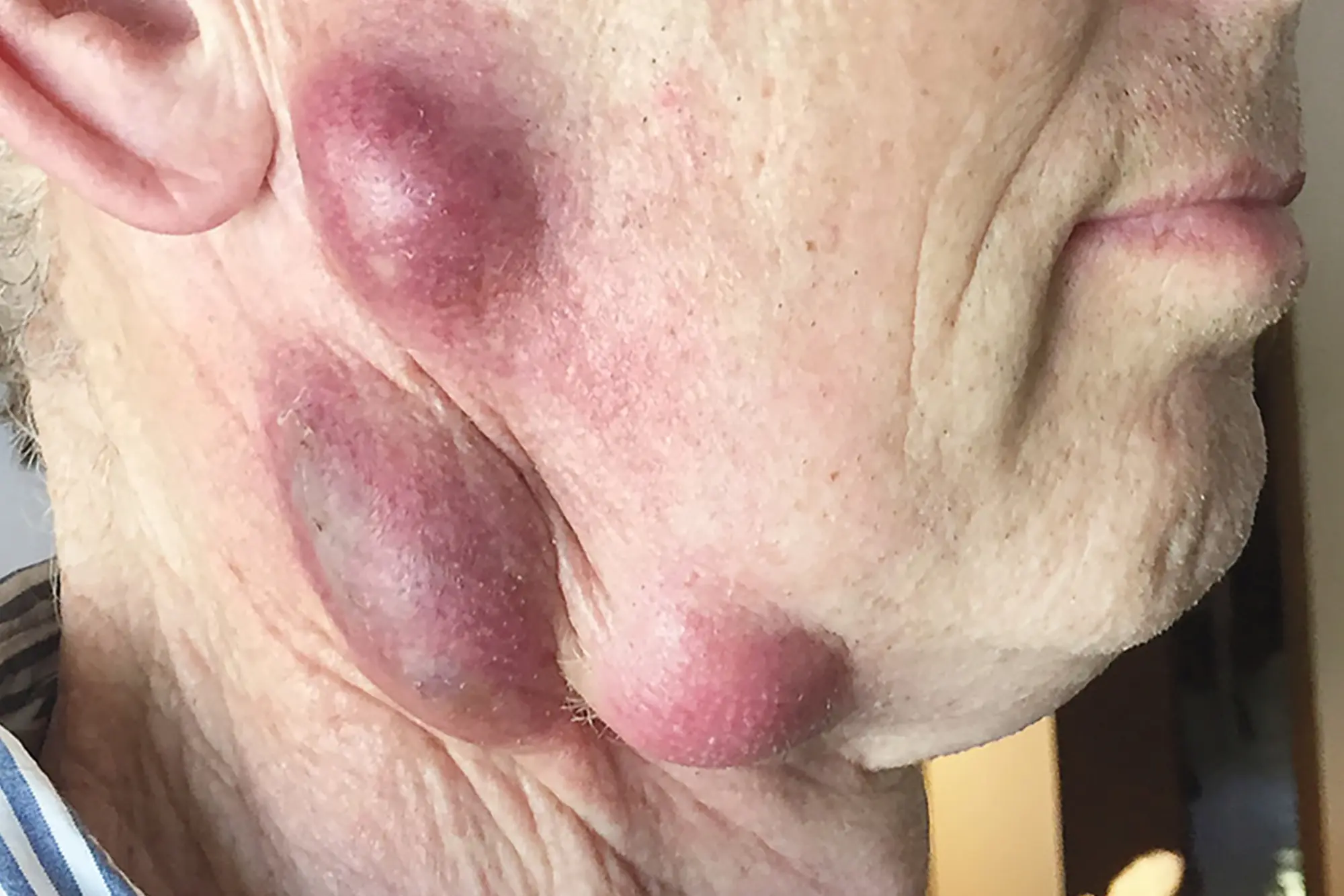Diseases humans can get from cats, often referred to as zoonotic diseases, pose significant concerns for individuals in close contact with feline companions. Gaining a comprehensive understanding of these diseases, their modes of transmission, and effective preventive measures remains crucial for both cat owners and public health initiatives.
Zoonotic Diseases from Cats: Risks and Impacts
- Toxoplasmosis: An Overview
Toxoplasmosis, caused by the Toxoplasma gondii parasite commonly found in cat feces, stands among the prominent zoonotic diseases. While exhibiting mild flu-like symptoms in healthy individuals, it presents substantial risks to pregnant women and those with compromised immune systems.

- Cat Scratch Disease (CSD): An Insight
Cat Scratch Disease, primarily caused by the bacterium Bartonella henselae, spreads through cat scratches or bites. Symptoms encompass swollen lymph nodes, fever, and fatigue, typically resolving without medical intervention in individuals with robust immune systems.
- Ringworm: Unveiling the Fungal Menace
Despite its misleading name, ringworm denotes a fungal infection that often spreads via direct contact with an infected cat. Manifesting as circular, itchy, red patches on the skin, this condition necessitates targeted antifungal treatments.
- Campylobacteriosis: Understanding the Bacterial Infection
Campylobacteriosis, stemming from bacterial infection, can be contracted through exposure to cat feces. Symptoms include gastrointestinal disturbances such as diarrhea, abdominal discomfort, fever, and nausea.
Recommended:
- Petco Review: The Power of Together
- PetSmart Review: Where Pets Inspire Us
- Hill’s Pet Nutrition Review: Pioneering Pet Health and Nutrition
- Royal Canine Review: Tailored Nutrition for Every Pet
- Chewy Review: Pet Care at Your Doorstep
Transmission Routes and Preventive Measures
Understanding the potential modes of transmission for zoonotic diseases from cats is pivotal:
- Direct Contact Hazards: Close interaction with infected cats, including bites, scratches, or exposure to contaminated feces, poses a significant risk.
- Indirect Exposure Risks: Handling items that may carry infectious agents, such as litter boxes, bedding, or soil where infected cats have been, increases the likelihood of transmission.

To minimize the risk of contracting zoonotic diseases from cats, proactive preventive measures are essential:
- Emphasizing Hygiene Practices: Regular and thorough handwashing after handling cats, especially before meals, significantly reduces the risk of infection.
- Litter Box Maintenance: Ensuring meticulous disposal of cat feces and utilizing gloves during cleaning routines are essential preventive steps.
- Flea and Tick Management: Effectively controlling and preventing infestations in cats helps curtail the potential for disease transmission.
- Routine Veterinary Care: Regular veterinary check-ups, vaccinations, and deworming protocols for cats play a crucial role in averting potential zoonotic diseases.
Conclusion: Promoting Awareness and Vigilance
Zoonotic diseases from cats pose considerable health risks to individuals closely associated with these beloved pets. Toxoplasmosis, Cat Scratch Disease, Ringworm, and Campylobacteriosis represent notable zoonotic diseases, underscoring the importance of stringent hygiene practices, comprehensive cat care, and robust preventive measures to safeguard human health.
References:
- Centers for Disease Control and Prevention (CDC) – “Toxoplasmosis.“ Detailed insights into Toxoplasmosis transmission, symptoms, and preventive strategies.
- Mayo Clinic – “Cat Scratch Disease.” Extensive coverage of Cat Scratch Disease, encompassing symptoms, causes, and available treatments.
